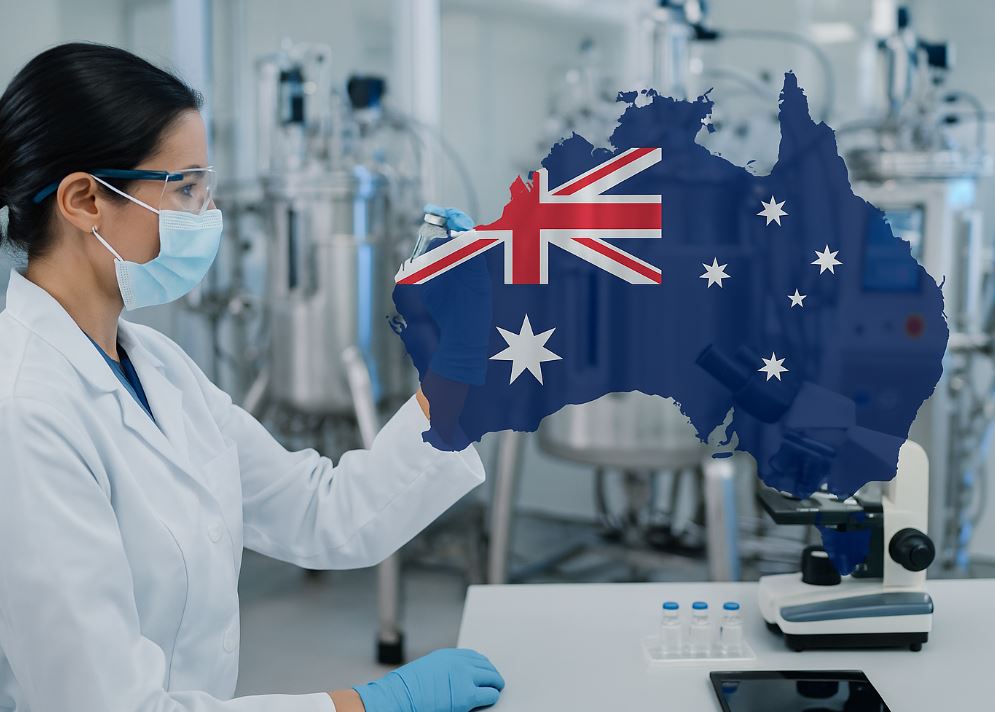Oxford Economics Australia has completed an independent assessment of Moderna’s new mRNA manufacturing facility, providing a detailed analysis of its economic and societal impact. The study combined economic modeling, welfare analysis, and evaluation of research spillovers to quantify the long-term benefits of domestic vaccine production for Australia. n nDuring the COVID-19 pandemic, Australia relied heavily on international supply chains for vaccines, leading to delays and shortages. This dependence exposed critical weaknesses in the nation’s crisis response, limiting control over distribution timelines and increasing public health and economic risks. The absence of local production capacity highlighted the urgent need for sovereign capability in vaccine manufacturing. n nTo address this challenge, policymakers and industry leaders required rigorous, impartial evidence to support major investments in domestic infrastructure. The central question was whether establishing a local mRNA facility would deliver value beyond emergency preparedness—specifically, whether it could stimulate job creation, strengthen the healthcare system, and foster innovation over time. n nOxford Economics delivered a comprehensive evaluation that confirmed the project’s broad benefits. Economic contribution modeling showed the facility would generate measurable GDP growth and employment during both construction and ongoing operations. Welfare economics analysis demonstrated that locally produced vaccines could reduce mortality, minimize disruption from lockdowns, and improve population wellbeing during future outbreaks. Additionally, the assessment of research and development spillovers revealed that Moderna’s partnerships with universities, clinical trials, and grant programs would enhance Australia’s biomedical research ecosystem. n nTogether, these findings provided Moderna with a robust evidence base to communicate the facility’s role not only as a public health safeguard but also as a driver of economic resilience and technological advancement. The analysis helped position the investment as a strategic asset with multi-dimensional returns across health, innovation, and national security. n
— news from Oxford Economicsnn
— News Original —nAustralia’s MRNA Advantage: Jobs, Health and Economic ResiliencenOxford Economics Australia provided Moderna with an independent and comprehensive evaluation of its new MRNA facility. The project deliverables included in-depth economic contribution modelling that measured GDP and employment outcomes, welfare economics analysis that captured the benefits of domestic vaccine manufacturing for pandemic preparedness, and an assessment of long-term research and development spillovers. Together, these deliverables gave Moderna a credible evidence base to demonstrate the broader value of its investment for Australia’s economy, society, and health system. n nBackground: Global vaccine reliance left Australia vulnerable n nDuring the COVID-19 pandemic, Australia’s vaccine rollout was heavily dependent on overseas supply chains. This created delays and shortages, increasing both health and economic risks for the country. The lack of local manufacturing meant that Australia had limited control over its response timeline, exposing vulnerabilities that hindered its ability to act quickly during a crisis. n nThe Challenge: Building sovereign capability for the future n nThe challenge was to ensure Australia would not face similar vulnerabilities in the future. Policymakers and industry stakeholders needed robust, independent analysis to guide investment in domestic mRNA manufacturing. The key test was to show that such an investment would not only serve as a safeguard in health emergencies but also provide long-term value to the economy and innovation ecosystem. Without clear evidence, it would be difficult to justify the scale of resources required to build a sovereign capability of this kind. n nSolution: Independent analysis that demonstrated long-term value n nOxford Economics Australia delivered a suite of analyses that provided Moderna with the evidence it needed. The economic contribution modelling quantified how the facility would support GDP and create jobs during both construction and operations. The welfare economics assessment measured the pandemic preparedness benefits, showing how faster access to locally manufactured vaccines could avoid lockdown costs, reduce mortality, and support wellbeing. The research and development analysis highlighted the spillover effects of Moderna’s investments in research grants, clinical trials, and partnerships with universities, demonstrating the facility’s role in advancing biomedical innovation. These deliverables enabled Moderna to clearly demonstrate that its facility is more than just a health security asset – it is also an engine for economic growth, innovation, and resilience.
